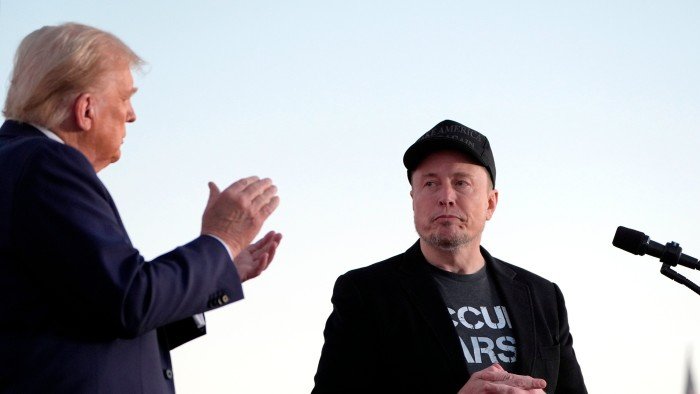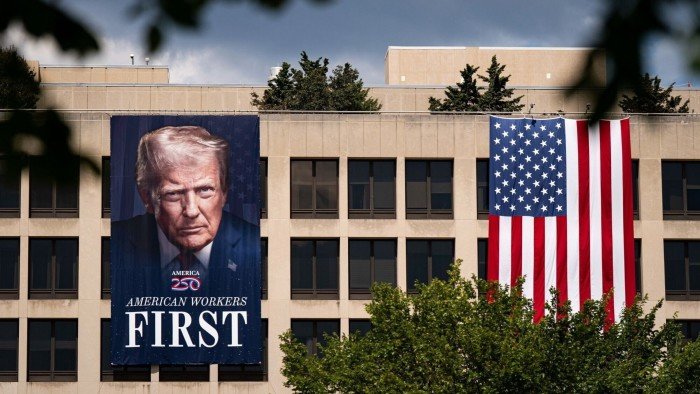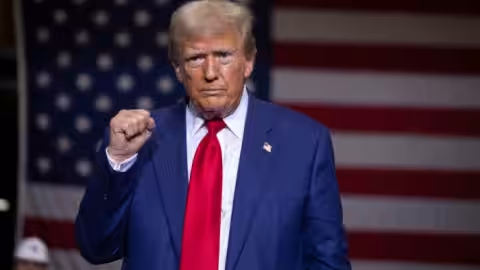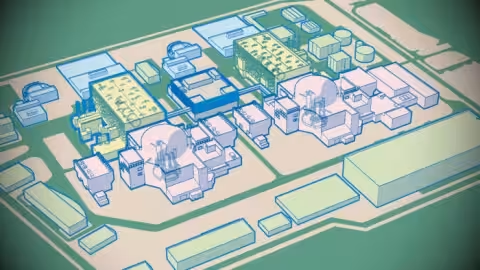The Trump administration’s investment in Intel was structured to deter the chipmaker from selling its manufacturing unit, its chief financial officer said on Thursday, locking it into a lossmaking business it has faced pressure to offload.
The US government last week agreed to take a 10 per cent stake in Intel by converting $8.9bn of federal grants under the 2022 Chips Act into equity, the latest unorthodox intervention by President Donald Trump in corporate America.
The agreement also contains a five-year warrant that allows the government to take an additional 5 per cent of Intel at $20 a share if it ceases to own 51 per cent of its foundry business — which aims to make chips for third-party clients.
“I don’t think there’s a high likelihood that we would take our stake below the 50 per cent, so ultimately I would expect [the warrant] to expire,” CFO David Zinsner told a Deutsche Bank conference on Thursday.
“I think from the government’s perspective, they were aligned with that: they didn’t want to see us take the business and spin it off or sell it to somebody.”
Intel has faced pressure to carve off its foundry business as it haemorrhages cash. It lost $13bn last year as it struggled to compete with rival TSMC and attract outside customers.
Zinsner’s comments highlight how the deal with the Trump administration ties the company’s hands.
Analysts including Citi, as well as former Intel board members, have called for a sale — and Intel has seen takeover interest from the likes of Qualcomm.
Intel’s board ousted chief executive Pat Gelsinger, the architect of its ambitious foundry strategy, in December, which intensified expectations that it could ultimately abandon the business.
White House press secretary Karoline Leavitt told reporters on Thursday the deal was being finalised. “The Intel deal is still being ironed out by the Department of Commerce. The T’s are still being crossed, the I’s are still being dotted.”
Intel received $5.7bn of the government investment on Wednesday, Zinsner said. The remaining $3.2bn of the investment is still dependent on Intel hitting milestones agreed under a Department of Defense scheme and has not yet been paid.
He said the warrants could be viewed as “a little bit of friction to keep us from moving in a direction that I think ultimately the government would prefer we not move to”.
He said the direct government stake could also incentivise potential customers to view Intel on a “different level”.
So far, the likes of Nvidia, Apple and Qualcomm have not placed orders with Intel, which has struggled to convince them it has reliable manufacturing processes that could lure them away from TSMC.
As Intel’s new chief executive Lip-Bu Tan seeks to shore up the company’s finances, the government deal also “eliminated the need to access capital markets”, Zinsner explained.
Given the uncertainty over whether Intel would hit the construction milestones required to receive the Chips Act manufacturing grants, converting the government funds to equity “effectively guaranteed that we’d get the cash”.
“This was a great quarter for us in terms of cash raise,” Zinsner added. Intel had also recently sold $1bn of its shares in Mobileye, and was “within a couple of weeks” of closing a deal to sell 51 per cent of its stake in its specialist chips unit Altera to private equity firm Silver Lake, he noted.
SoftBank also made a $2bn investment in Intel last week. Zinsner pushed back against the idea that it had been co-ordinated with the government, as SoftBank chief executive Masayoshi Son pursues an ever-closer relationship with Trump.
“It was coincidence that it fell all in the same week,” Zinsner said.























